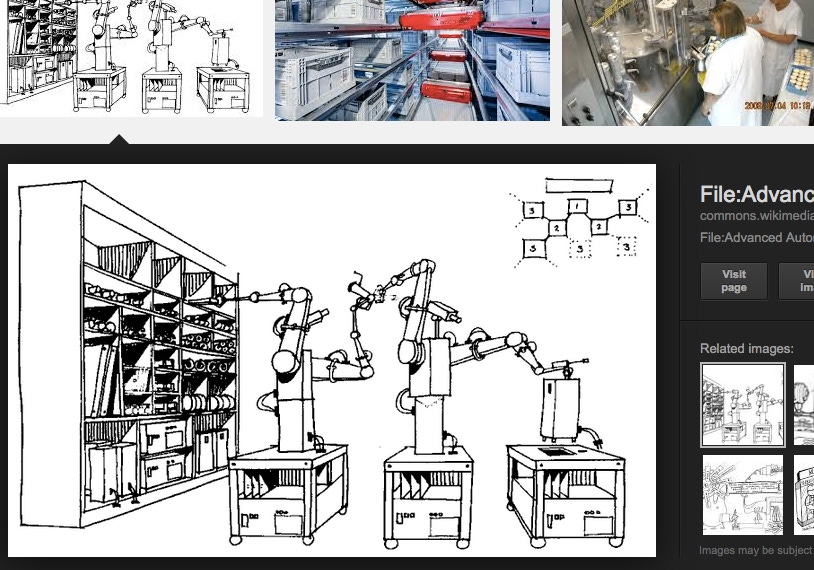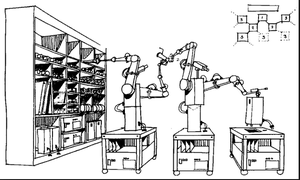An efficient MSP is one that knows how to leverage automation. The more repeatable processes and routine tasks you can automate, the less need you have for time-consuming manual functions that are prone to error.
October 6, 2016

Sponsored Content
 An efficient MSP is one that knows how to leverage automation. The more repeatable processes and routine tasks you can automate, the less need you have for time-consuming manual functions that are prone to error.
An efficient MSP is one that knows how to leverage automation. The more repeatable processes and routine tasks you can automate, the less need you have for time-consuming manual functions that are prone to error.
It’s no wonder then that MSPs constantly are told to automate. It’s good for clients because it creates predictability in the services they receive. Predictability equals peace of mind to clients. When you automate service delivery, you make it much more likely that you can deliver on your promise of network reliability and optimal performance. You minimize the possibility of having to respond to an issue caused by a manual function.
Automation, therefore, is a critical tool for MSPs. As such, you need to think about it in practical terms, not as an abstraction – something to which you pay lip service but never actually put into effect because it’s hard.
Internal Processes
What makes automation a challenge is deciding what to automate. If you’re still relying primarily on manual processes to run your business, you’ll certainly want to consider changing that. For instance, does your ticketing system rely on a stack of papers sitting on a technician’s desk? Is your invoicing process a mess of spreadsheets and paper forms?
If that’s the case, you’re spending far more time on routine tasks than you should. Either you haven’t gotten around to deploying a PSA (professional services automation) solution to run your business, or you have it but aren’t making full use of the software.
Whatever the situation, you’ll want to take full advantage of PSA software to automate functions such as ticketing, billing and helpdesk, as well as manage customer projects and customer relationships.
An MSP that promises to make client networks run more efficiently needs to also look at how to improve its internal business processes to boost efficiency. If you automate your own business, you get a better understanding of how the technology works and, as a result, become a better service provider to your customer.
Customer-facing Processes
In addition to internal automation, you need to determine what functionality to automate for customers. One obvious function is RMM (remote monitoring and management), which after all is the foundation for the managed services model.
Everything starts with the automation and centralization of monitoring systems to ensure maximum uptime. Best-of-breed providers build on that foundation to automate more and more of their processes, creating a well-oiled remote services machine.
You’ll want to approach automation methodically. Just like any other aspect of a managed services business, a systematic approach is always advisable. Start by automating processes that are repeatable from client to client. Think of patch management and data backup. These are tasks that should be fully automated (though with patch management, you’ll want to run a test of each patch before sending it out to clients in case the update causes a problem).
Once you have these processes down, the next set of functions to automate should be the responses to the most frequent types of issues in your customer networks. If you have PSA software, you can easily run a report that lists these issues. You’ll also be able to determine which problems are the most time-consuming and whether they, too, can be automated.
Customer Loyalty
Once you automate one task, start examining which you can tackle next. And as you eliminate manual processes, you’ll notice your business will become more efficient, your service delivery more reliable, and your problem resolution faster. This should create goodwill with clients and help turn them into loyal, long-term customers.
 Marvin Blough is StorageCraft’s Vice President of Worldwide Sales where his focus is on expanding the company’s global reach by establishing channel partnerships that enhance the profitability for the channel partner.
Marvin Blough is StorageCraft’s Vice President of Worldwide Sales where his focus is on expanding the company’s global reach by establishing channel partnerships that enhance the profitability for the channel partner.
Guest blogs such as this one are published monthly, and are part of MSPmentor’s annual platinum sponsorship.
You May Also Like
